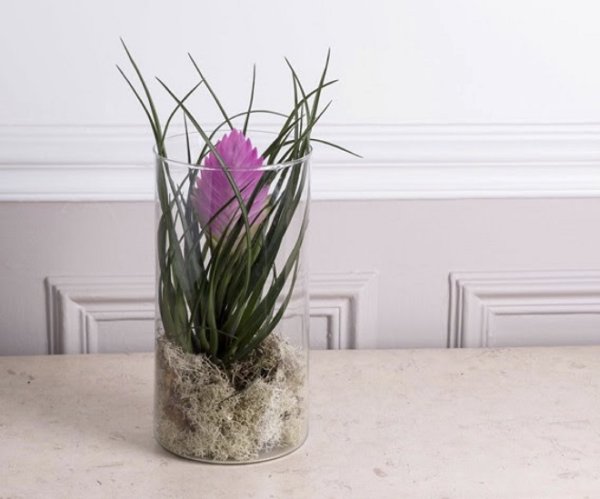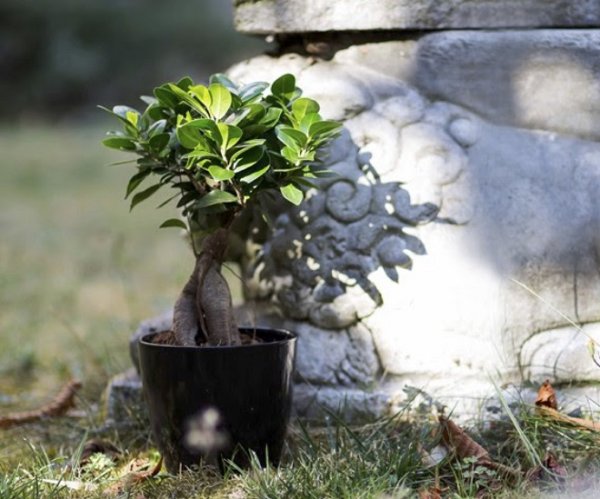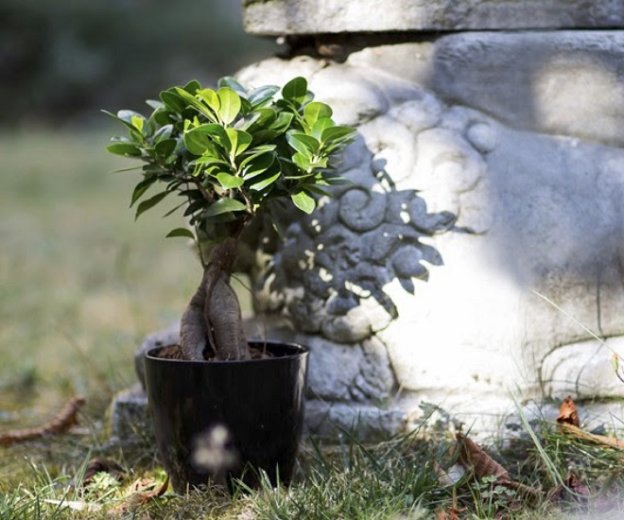We find out more about three of the best plants to have in your home from French online florist Caprice de fleurs.
1| Tillandsias

Origins and specifications
Hailing from Central and South America, Tillandsias belong to the Bromeliad family of plants. With well over 500 known species — the most famous being the pineapple — the plant probably developed in the Cretaceous period some 65 million years ago. The Incas, Aztecs and Mayas used it for food and medicinal purposes. The colorful flowers come in bright hues of magenta, indigo, orange, red, purple and pink.
Placement
The Tillandsia thrives under direct sunlight. This low-maintenance plant grows without soil and can very well be stylized into a mounted floral arrangement or inserted in glass globes.
Air Plant Care
Tillandsias are pretty foolproof. With their native regions being warm and tropical, sometimes desert-like, they barely need any water. As epiphytic plants, they have no roots and absorb moisture through the leaves. When the weather is dry, it is recommended to mist your houseplant with lukewarm water from time to time. Original and aerial, it will maintain its beautiful appearance for months.
2 | Red Anthuriums

Origins and specifications
Red anthuriums are also called “tongues of fire” because of their bright red, shiny, heart-shaped blossoms. This plant originates from South America. Its flowers may be red, pink, or white. Anthurium is a natural filter for ammonia and xylene. Beware, however: the plant’s sap and leaves may cause allergies in sensitive people.
Where to put it
Anthurium needs a lot of light but, as with many plants, it must avoid direct sunlight, and it needs dampness to develop and blossom. It should ideally be placed indoors, beside a window, at a temperature between 18°C and 21°C.
How to look after it
Anthurium requires a little attention: as it cannot bear dry air, you will have to spray a little water on the leaves during the winter. Likewise, it must be repotted each year in a pot with a hole in the bottom. As the plant ages, potting will only be necessary every other year.
3 | Ficus microcarpa

Origins and specifications
Ficus microcarpa comes from Asia. It is easily identifiable thanks to its small, oval, shiny and highly decorative leaves. It is often grown as a house plant, most often as a bonsai. Sometimes referred to as “ficus ginseng” – “ginseng” is Chinese for “root” – because of its splendid ramified aerial root which gives it a contemporary look, this ficus will dress up your interiors perfectly. This plant is both invigorating and juvenating, and it provides oxygen, so you can breathe easier at home.
Where to put it
Ficus microcarpa thrives at indoor temperatures between 15°C and 25°C. It dislikes drafts and will shed its leaves if exposed to too drastic a change in temperature.
How to look after it
Despite these precautions, ficus microcarpa is nicknamed “the beginner’s bonsai”. It only requires moderate watering, especially in the summertime, and potting every other year, and it will go on for years. It likes a little dampness, but make sure not to leave standing water in the saucer.




